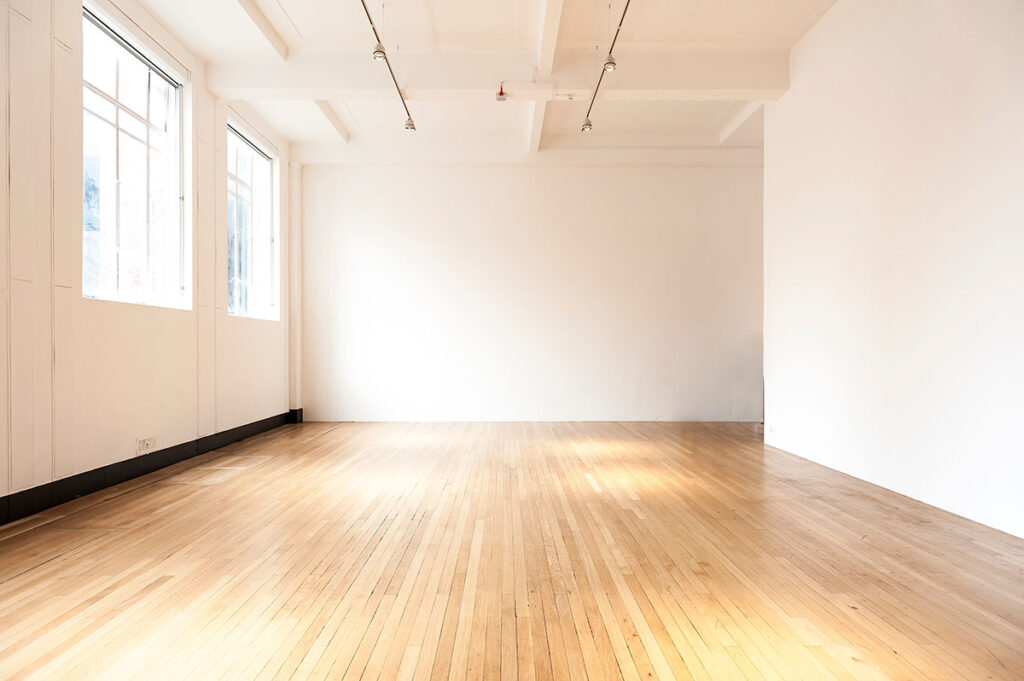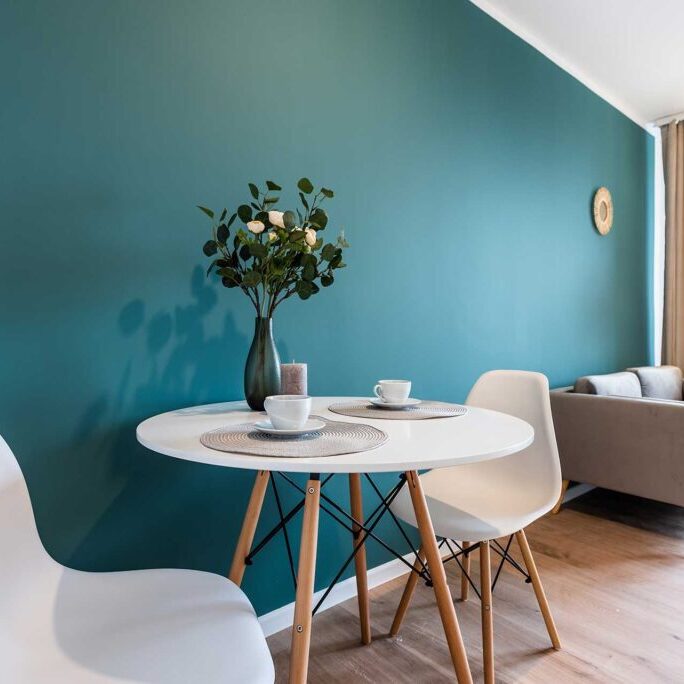
What is Screening or Urethaning?
Screening or urethaning refers to the process of refinishing a hardwood floor by applying a new layer of urethane or polyurethane coating. It restores the appearance and protect the surface of a floor.
We follow this Urethaning process:
- The floor is thoroughly cleaned to remove any dirt, dust, or debris. This may involve sweeping, vacuuming, and mopping the floor.
- Screening is the term used to describe the process of lightly abrading the existing finish on the floor using a floor buffer or sander equipped with a fine-grit mesh or sanding screen. This step helps to remove any scratches, imperfections, or dullness from the surface.
- After screening, the floor is cleaned again to remove any dust or residue left from the screening process. This ensures a clean and smooth surface for the urethane coating.
- Once the floor is clean and dry, a fresh coat of urethane or polyurethane finish is applied using a brush, roller, or sprayer. Urethane is a durable, clear, and protective coating that enhances the natural beauty of the wood and provides resistance against wear, stains, and moisture.
- The urethane coating needs time to dry and cure. The specific drying time can vary depending on the type of urethane used, environmental conditions, and manufacturer instructions. It is essential to allow sufficient drying and curing time to ensure a strong and durable finish.
- In some cases, multiple coats of urethane may be applied, in different sheens, with sanding between each coat to achieve a smooth, even finish. This step can enhance the durability and aesthetic appeal of the floor.
Screening and urethaning a floor is typically done as a maintenance or refinishing process for hardwood floors that are in relatively good condition. If the floor has extensive damage, deep scratches, or unevenness, a more involved refinishing process, such as sanding down to bare wood, may be required.
Posted in Methods and Techniques

